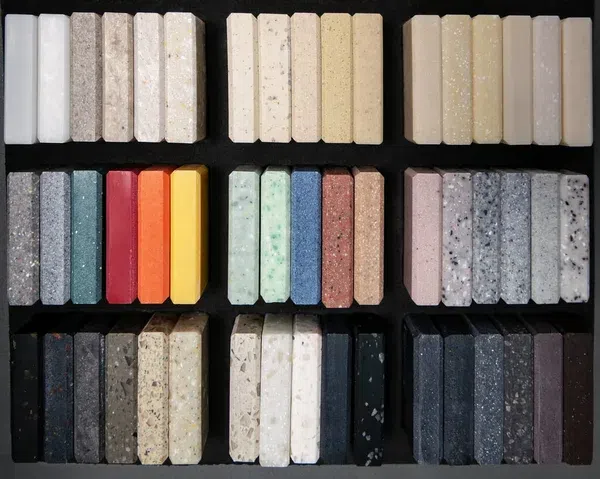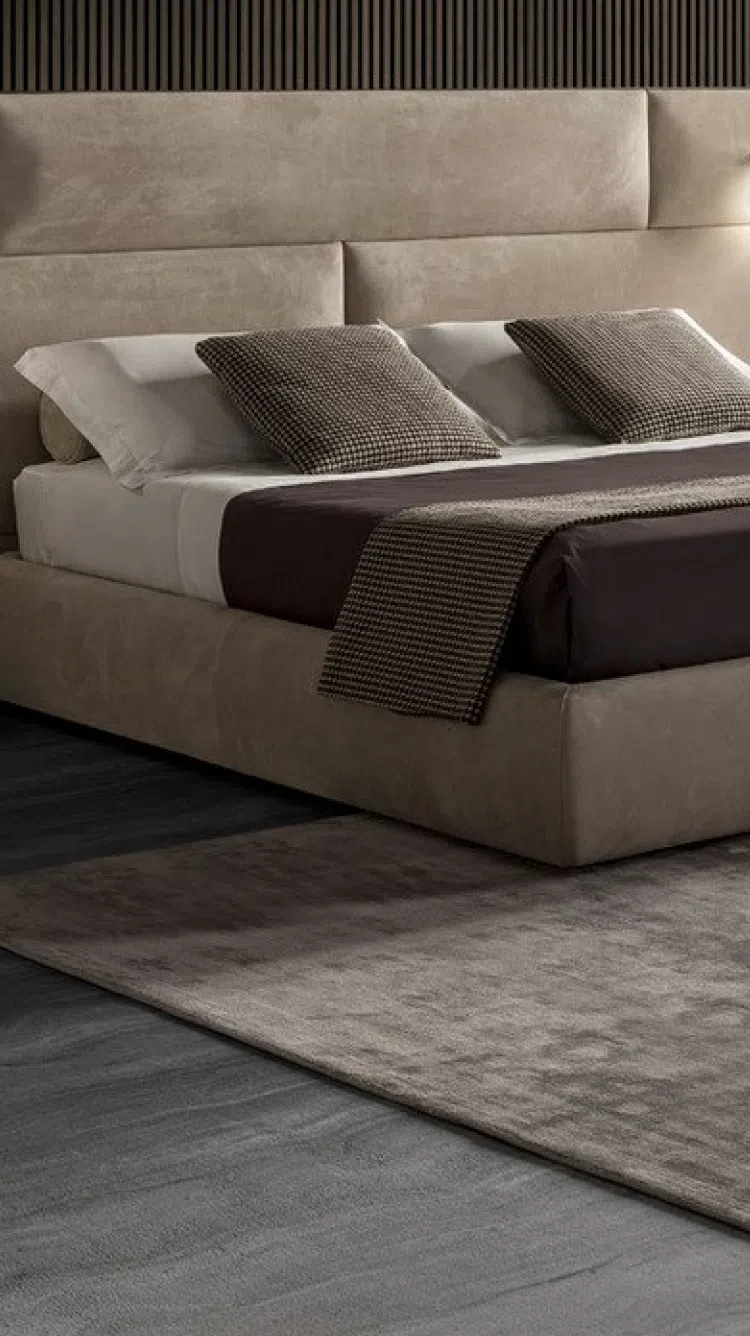
Acrylic stone, also commonly known by brand names like Corian (by DuPont), Staron, or Hi-Macs, is a type of solid surface material used in the manufacturing of furniture and architectural features. It is primarily composed of a mixture of alumina trihydrate (ATH), derived from bauxite ore, and acrylic polymer, which is a type of plastic.
Here are several key aspects of acrylic stone as a furniture material:
Composition and Manufacture
- Acrylic stone is approximately 33% acrylic resin (PMMA - Polymethyl methacrylate) and 66% natural minerals. The ATH works as a fire retardant and gives the material a particular robustness.
- It is manufactured in sheets that can be cut, shaped, and formed into a wide range of products.
- Pigments and dyes can be added to the mix to produce a vast range of colors, patterns, and effects that can mimic natural stone or present entirely unique designs.
Properties
- Non-Porous: One of the main advantages of acrylic stone is that it's non-porous, meaning that it does not allow liquids or gases to pass through. This makes it impervious to stains, and it does not harbor bacteria or mold, which is particularly important for surfaces in kitchens and bathrooms.
- Repairability: The material can be easily repaired if scratched or damaged, often by sanding and buffing the surface.
- Seamlessness: Joints can be bonded with a special adhesive that creates a seamless look, which is highly regarded by architects and designers.
- Thermoforming: Acrylic stone can be heated and bent or molded into various shapes, allowing for innovative and custom designs.
- Durability: It is known for its strength and resilience, although it is less resistant to heat compared to natural stone.
- Maintenance: The material requires minimal maintenance and is easy to clean with common non-abrasive household cleaners.
Applications
- Acrylic stone is used for countertops, bathroom vanities, shower surrounds, wall cladding, and even furniture such as tables and seating.
- It is also used in commercial settings such as hospitals and restaurants due to its hygienic properties.
- Its ability to be lit from below or behind makes it a popular choice for bars and reception desks where a translucent effect is desired.
Environmental Considerations
- Acrylic stone production is energy-intensive, but some manufacturers have begun to include recycled content in their materials.
- Because it is a man-made product, the ecological footprint may be higher compared to natural stone, depending on the processes and sourcing of materials.
- At the end of its life, it may be difficult to recycle, although some brands offer take-back programs.
Aesthetic Qualities
- The broad spectrum of colors and finishes available means that acrylic stone can be tailored to a wide variety of aesthetic preferences.
- It has a smooth, homogenous look that is quite different from the grained appearance of natural stone.
- Its translucency can be used creatively with lighting for dramatic effects.
Cost
- It is generally considered a mid-range to high-end material, depending on the brand and design, and is generally pricier than laminate but less expensive than natural stone like granite or marble.
Acrylic stone offers a high degree of flexibility and practicality, making it a popular choice for both residential and commercial environments looking for durable, stylish, and hygienic surface materials.


